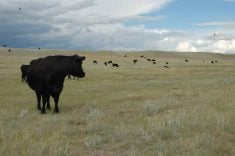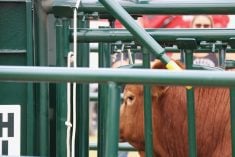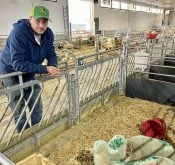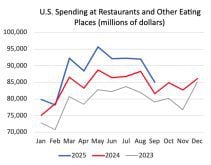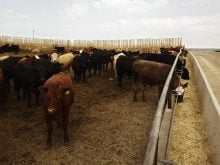PRINCE GEORGE, B.C. – Grass-fed beef is an old idea that has come full circle as feed grain prices soar and calf prices plummet.
Poised for change, Kamloops, B.C. ranchers like Larry Campbell and John Morrison predict shifts in traditional feeding practices will be seen as early as this fall if cattle producers hope to survive.
“This may be the end of an era. Maybe with the 30-day grain supply in the world it’s not viable to feed grain to beef,” said Morrison.
Read Also
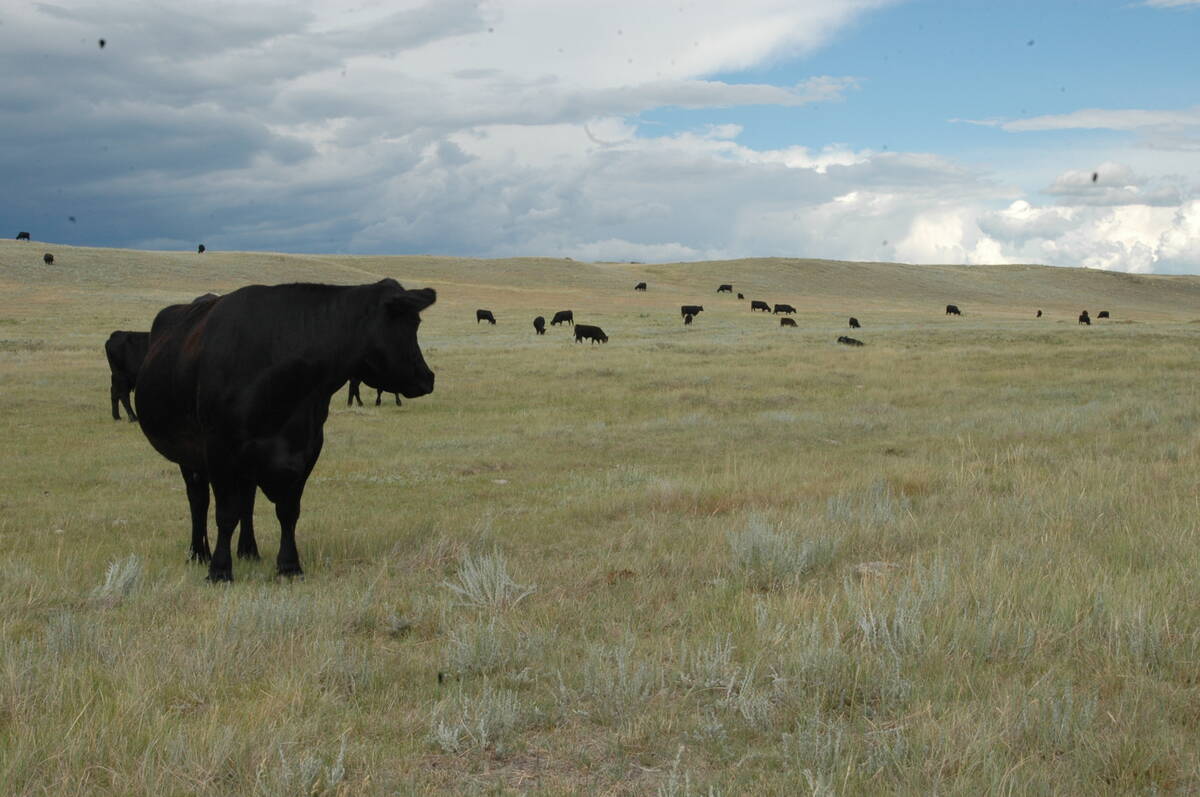
Canadian Food Inspection Agency slammed for handling of bovine tuberculosis case
The federal government leans heavily on producers to “take one for the team” and risk their livelihoods without any reassurance of support.
Adding extra days on forage is not an unusual idea. Throughout most of the world forage-raised beef is common compared to the North American practice of finishing cattle to slaughter weight on grain.
“At one time we all used to eat grass-fed beef,” said Morrison.
Large herds on coast
British Columbia may have an advantage with its large herds roaming across thousands of acres of grassland. In B.C. cow herds average around 100 head compared to the Canadian average herd of 38.
The province also has a large market of 3.5 million people where it’s estimated they annually eat about 87.5 million kg of beef.
That’s equivalent to 290,000 head.
The province only kills 60,000 head per year and imports the rest, mostly from Alberta.
A recent survey among Vancouver retailers asked if they would sell a lean beef product if it was labelled “Grass-fed B.C. Beef.” Five out of six said they would consider such a specialty product and retailers believe many consumers would pay a premium price for special quality.
Grass-fed beef tends to be very lean, a quality the retailers rated highly. However, in Canada’s grading system, that beef tends to get downgraded to B, because it carries no marbling.
A seminar this summer in B.C. will hammer out further marketing and regulation details to develop a niche market for forage-fed beef, said Campbell.
“We want to be positive about the product. It’s not better than grain, it’s a special grass-finished beef,” he said.
An enthusiastic supporter of finishing cattle on forage is Paul McCaughey, of Agriculture Canada in Brandon.
Some of his forage research from 1994 shows the cattle perform well in the pasture.
In his project, three groups of animals were finished on combinations of grass and barley or straight grass. Of those on straight forage, 69 percent made the A grade, said McCaughey, where the majority of Canadian cattle in Canada end up anyway.
“Our industry does not pay the producer any more to finish them beyond single A, so there is no incentive to finish the cattle beyond single A and it costs considerably more,” he said.
When it comes to taste tests, Agriculture Canada’s professional panels judged there’s no difference in meat quality.
They noted, in fact, that meat texture was finer among the pasture finished animals and fat color was creamy. Barley leaves white fat while animals eating corn lay on yellowish colored fat which some consumers don’t like.
Generally less backfat
Average backfat among the grass-fed animals was also lower than barley-fed at 8.1 millilitres, compared to an average of 11 mm in barley-finished beef.
McCaughey estimated the cost of gain on forage was 35 to 40 cents a pound compared to an average southern Alberta feedlot cost of 75 to 80 cents a pound.
Putting cattle on pasture longer is the wisest way to minimize the cost of production, said McCaughey.
“Costs of production in the feedlot are so high and if you can put your pounds of gain on for half of what you can in the feedlot, you’re going to keep them in the pasture longer.”



